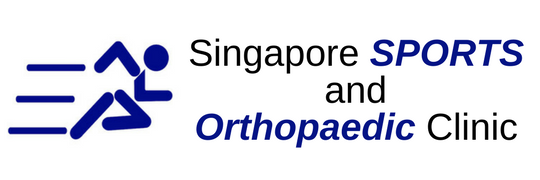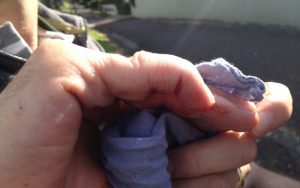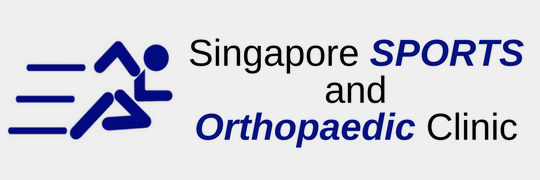Swimmer’s shoulder is an inflammatory condition that got its name from the common occurrence of shoulder pain that swimmers get from overuse during training. Patients experience a musculoskeletal pain that can extend from the shoulder joint to the neck and arms.
Cause
Patients get swimmer’s shoulder from recurring traumatic impact on the shoulder over a period of time of overtraining or impaired posture from poor swimming/paddling techniques. The muscles and ligaments in the shoulder are overworked and if the condition is ignored and untreated, it may lead to more serious injuries like rotator cuff tears or cartilage damage. The rotator cuff is the main group of muscles that controls the shoulder movements and keeps the shoulder centred on the joint. If the shoulder ball goes out of place, the shoulder would be dislocated.
Prevention
Since swimmer’s shoulder occurs gradually with repetitive movements, it is more effective to prevent the injury by correcting the stroke techniques than treating it when after it occurs.
To prevent the injury, swimmers have to use proper strokes with the hand facing flat and fingertips first entering the water. The shoulders are pulled back and chest thrust forward. However, take note that the body is still relaxed and not tensed up. Make sure that the arms are not fully straightened or dropped. This wrong method produces a push down force and puts stress on the shoulder muscles. Raise the elbows a little and keep it slightly bent to effectively press back against the water.
The proper technique should utilise the chest muscles and not just the shoulders. You would also find yourself swimming more efficiently with the generated force fully pushed backwards, propelling you forward faster.
Be careful of wearing out the shoulder muscles when there are changes in training techniques or an increase in training frequency. Ease in the changes gradually to let your muscles strengthen up and get used to the training.
You can also prevent it by stretching your shoulder, chest and neck muscles regularly. It helps to warm up the muscles and keep them flexible.
Treatment
You can apply the basic treatment method of RICE – Rest, Ice, Compression, Elevation – if the condition is recognised early on. Just icing can also help reduce the pain and swelling.
If your condition does not improve with the basic methods of treatment or the pain keeps recurring, you may have to see a physiotherapist to manage the injury. Regular physiotherapy sessions would help strengthen the muscles and correct your posture. Your physiotherapist would advise you to rest your arm as much as possible and even wear a sling to keep the weight off your shoulders. You may have to sleep upright or with a pillow support.
A doctor may prescribe you anti-inflammatory and pain medicine to reduce the pain and swelling faster. But just the medicine will not treat the root of the problem. The healing process only begins with proper exercises done in physiotherapy and utilizing preventive methods to avoid further aggravating the injury.








